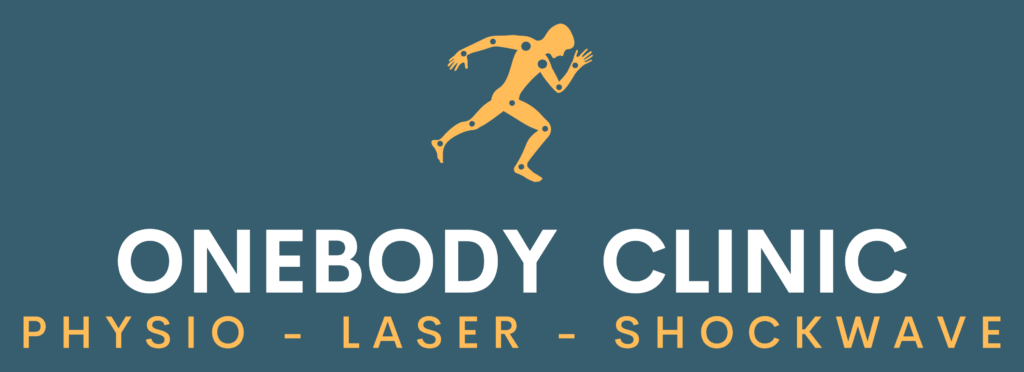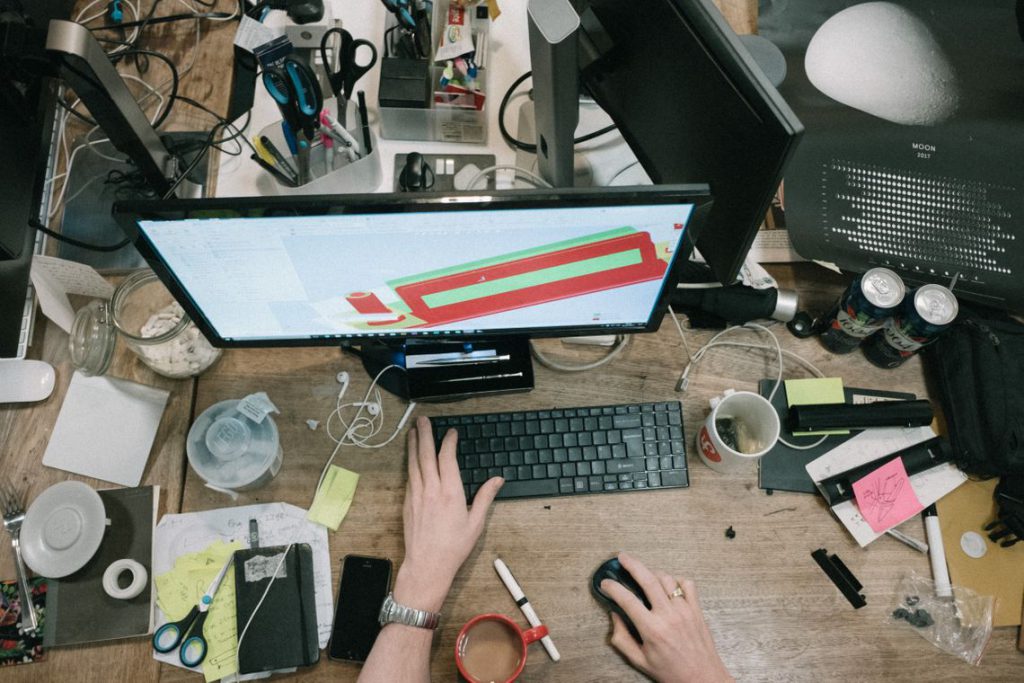Is the ‘New World of Work’ working?
Working in the commercial space this surely couldn’t happen. Modern tech companies in particular have the ability to change and adapt quickly. If serious flaws are noted in the way working environments are developing , they will change right?
Did you know that it takes 17 years to translate high quality medical research into medical practice
It may sound incredulous but there is really strong evidence that this is the case. When you break medical practices down it becomes much easier to believe (1). Therapists, Doctors, Physios, Orthopaedic Consultants will have put years into training, learning techniques, developing methodologies refining their approach and skills in a certain area or even instrument investment, they have businesses and rents to pay, changing any of this is disruptive , requires remodelling and retraining and potential cost. When current methods become questionable practices, its easier to carry on regardless, stick with what you know and wait until mainstream beliefs force a change. Practicality over ethics.
In looking at what the tech sector has brought to the commercial office space, its primary contribution to business environments is the ability to work anywhere anytime. The ability to have fluid IT infrastructures where teams can freely move around buildings or work from anywhere at anytime.
In 2017 a U.S. Report by Gallup found that the number of American employees working remotely rose to 43 percent in 2016 from 39 percent in 2012 (2), and even more recent research shows that’s now up to 52%.
Remote working and collaborative office space is changing the way real estate and internal fit outs are being designed. With process applications and collaborative work tools being built in the cloud, new technology makes all of this possible.
The benefits for workers seem outstanding, time with family, shorter or no commutes, being able to attend kids school events.
According to this study 68% of millennials would choose an employer who offered remote working. So the drive for talent is making the shift to open office and remote working more attractive to employers. According to recent Fuze research, 83 percent of workers don’t think they need to be in an office to be productive and 38 percent said they would enjoy their job more if they were allowed to work remotely.
Full steam ahead for collaborative and remote working?
Outside of the consultants promoting this type of working , the research is saying the new ways of Tech working are not healthy for employees or for making for more productive workers.
As collaborative space and remote working become the new normal, managing these new environments between work interactions, personal time & space need higher levels of management support. There are now greater challenges around the mental health and engagement of employees.
In a Study by Vital Smarts 2017, of 1,100 employees they found that remote workers felt shunned and left out of what’s going on in the company vs inhouse responders.
Remote employees are more likely to report feeling that colleagues mistreat them and leave them out of what’s going on in the office(3).
In the area of wide open offices, space for concentration proves to be elusive. Every office we have experience of working with, has used the cost of office space or the influx of new staff to give less space for open areas and end up condensing workers into what become noisy workplaces, full of staff with noise cancelling earphones trying to get some work done. With no blinkers, large noise cancelling earphones have become the new office cubicles. Noise has been shown up to the biggest complaint with over 50% of respondents in our research and Privacy coming in 2nd at 32% (4)
‘Noise cancelling earphones have become the new office cubicle walls’
Another piece of very recently published research from Sweden suggested that , ‘Employees who work in open-plan offices reported lower levels of job satisfaction, subjective well-being, and less ease of interaction with co-workers than employees who work in cellular or shared-room offices.’
The Journal of Environmental Psychology published a study taken across 40,000 workers where they established there was less human interaction in open office spaces than in smaller walled or cubicle spaces. In fact email and instant messenger usage rose by 67% and 75% respectively (4).
A study of 10,000 workers funded by office furniture giant Steelcase revealed that “95 percent said working privately was important to them, but only 41 percent said they could do so, and 31 percent had to leave the office to get work completed.” In effect Collaborative Office Spaces are driving workers to want to work from home. But causes issues where workers and the company engagement become separated.
According to Prof. Stephanie Russell a Workplace researcher from Anglia Ruskin University, ‘Feelings of isolation, loneliness, and being unable to “switch off,” as well as the lack of social support, were common feedback for remote workers . One of the more significant issues raised was that of how virtual working was managed. Interviewees said a lack of feedback from line managers and senior colleagues gave them no benchmark to judge progress, which led to increased feelings of anxiety and a concern as to whether they were “up to standard.”’
As with all in life we need the support and input of others, a mix of stimulation and challenge , but the opportunity to recuperate, have some time to concentrate, to think and space to destress.
Like the medical profession, businesses are ignoring the research and ploughing on to adapt to ‘The New World of Work’ in what we already know is a seriously flawed model (6).
Are your management team thinking about how often, when, what subjects they are communicating on with your remote staff ?
Are they setting work guidelines, expectations , ensuring staff are getting concentration time and the space to stop and recuperate?
Are they addressing the issues of space, collaboration, privacy, mental health and staff happiness?
A happy worker is a more productive worker.
References:
1.https://www.ncbi.nlm.nih.gov/pmc/articles/PMC32415…
2.https://news.gallup.com/reports/199961/7.aspx#aspn…
3.https://hbr.org/2017/11/a-study-of-1100-employees-…
4.https://www.sciencedirect.com/science/article/abs/…
5.https://www.inc.com/geoffrey-james/why-your-compan…
6.https://www.inverse.com/article/60236-the-link-bet…

